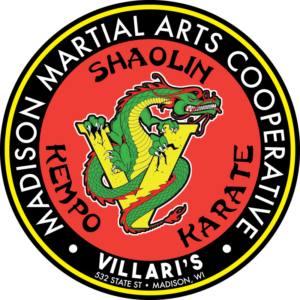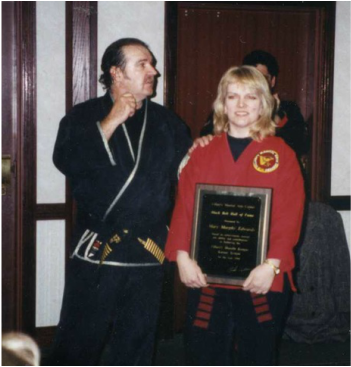Remembering ancient roots…
The great Shaolin Temple in the Song Shan Mountains of central China was established around 495 A.D. It was built by the Chinese Emperor Hsiao Wen for an Indian monk named Batou, known by the Chinese as Fo Tuo. In this temple around 530 A.D., Bodhidharma, an Indian monk traveling from India, introduced a new Buddhist meditation method and fighting techniques to the monks. First, he introduced a form of breathing exercises based on animal movements to the temple monks, to strengthen and condition their bodies and purify their minds. Then he taught them how to use the movements of animals for self defense purposes. Over time, the monks changed and perfected these movements. This style became known and respected as the art of Shaolin Temple Boxing. Buddhism and Shaolin Temple Boxing or “Shaolin Ch’uan Fa” were the Shaolin Temple’s main legacy to the world. So it was in China that the philosophical and religious system upon which many martial arts depend were first introduced and nurtured.
In the 1600’s, Japan conquered Okinawa and, to prevent uprisings, restricted the people of Okinawa from using any weapons. The natives had no alternative but to practice the art known as “Te” or empty hand fighting. Te was derived from the Shaolin “Chuan” which had, by that time, spread throughout China, and had become popular, around 900 A.D, with the Chinese people of the T’ang Dynasty. Many Okinawans were secretly sent to China to learn the martial arts. They later returned and influenced the methods in use on Okinawa. Okinawans changed the name of their martial art from “Te” to “Karate”. The term “Karate” means “T’ang hand” and is used to acknowledge the Chinese influence in the Okinawan’s art. Karate was first demonstrated in Japan in 1917 where even more styles developed.
Long before either the Chinese or the Okinawans practiced and developed their arts, the Tibetans and Mongolians had their own form of combat from which the venerable art of Chin Na, or the art of the White Tiger, was further developed – a devastating form of locking, seizing, holding and grappling. The Tibetans and the Mongols were masters of grappling.
The art of Shaolin Kempo Karate was founded and developed by Grandmaster Villari after many years of studying and mastering numerous different styles of the martial arts including Shaolin Temple Boxing, Jiu Jitsu, Kung Fu, Kempo, different styles of Karate, as well as the secret art of the White Tiger (Chin Na).








